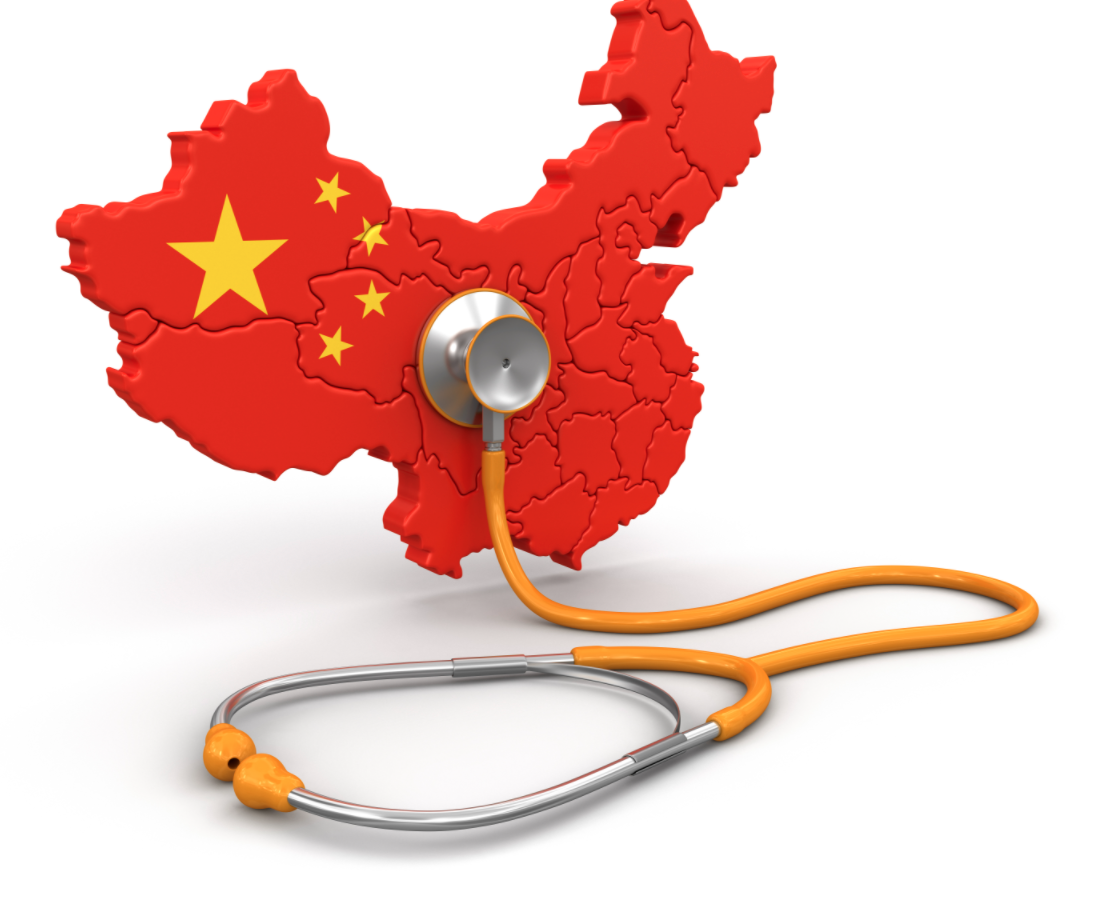Public Affairs Tracker: China Political Outlook

Public Affairs Tracker: Singapore’s Priorities in 2022, and How Businesses Must Adapt
Healthcare Reform In China: How Healthcare Brands Can Engage With Government?
23 February 2022

by Vincent Pung Associate Director, China. Vincent specialises in supporting healthcare MNCs in China with strategic communications, public affairs, and social media campaigns. Vincent has accumulated extensive experience in various healthcare sectors by working in the pharmaceutical, digital healthcare, and pathology industries in Australia and Singapore.
Healthcare reform in China: understanding government priorities to deliver win-win outcomes
In 2009, the Chinese government launched major healthcare reforms designed to provide more people with equal access to basic health care.
Since then, the government has overhauled its healthcare system, with healthcare expenditure expanding significantly, increasing from under RMB 500 billion in 2000 to more than RMB 6.5 trillion in 2019. This round of healthcare reforms in China has seen the government take a holistic and multifaceted approach, focusing on several aspects to comprehensively improve the system, such as expanding the level of insurance coverage, improving the availability and cost of innovative medicines, and driving changes to the overcrowded public hospital system.
In 2016, the Healthy China 2030 blueprint, a national strategy that aimed to bring China’s healthcare system on par with other developed countries by 2030, was formally passed.
Following the blueprint, China released the Healthy China 2030 Action Plan in 2019 to help implement and achieve the goals from the earlier outline. Healthy China has become a guiding light in providing all levels of government with clear direction and objectives, ensuring the focus is placed on protecting the full life-cycle of its citizens, preventing and controlling major diseases, and increasing the provision of health services. Much of the driving force behind these reforms are also multifold, catalysed by China’s growing ageing population and the need to curb the country’s ballooning healthcare expenditure. Emphasis is placed on disease prevention instead of treatment and encouraging citizens to live healthy lifestyles.
For organisations looking to use healthcare communications to establish or build connections in China, now is an opportune time to partner with government health agencies as the country continues to confront challenges brought forth by its shifting demographic.
The Chinese government continues to welcome innovative products, technology, and solutions to help alleviate the building pressure within its ecosystem. As such, businesses that understand the importance of the government’s priorities and demonstrate the ability to align with and support the government in delivering its desired outcomes will become the key to public affairs success in China.
Some of the current priorities for healthcare reform in China
Integrating healthcare into economic drivers
The current government position is that quality healthcare equates to economic resilience and growth. In 2016, during the National Health Conference, President Xi Jinping emphasised that a prosperous society cannot be achieved without protecting its citizen’s all-round health. Similarly, Xi stated that health is a prerequisite for people’s all-round development and a precondition for economic and social development. With a healthy, agile population, there is less demand on the healthcare system and more ready, able, and willing workers to supply labour for manufacturing, education, commerce, and industry.
Alleviating pressure on public health in China
Although China’s public system currently covers approximately 95% of the population (with a total population size of 1.4 billion), inflating healthcare costs and a growing middle-class that increasingly demand better healthcare provide the private sector with increasing opportunities to integrate into China’s healthcare ecosystem. Recent policies have also encouraged the rising role of the private sector in supporting the country’s health outcomes. For instance, the government promotes the supplement of commercial health insurance providers in a predominantly public healthcare system.
Pivoting from a treatment- to prevention-centric model
Efforts to encourage a healthy lifestyle and improve awareness and understanding of risk factors is a fundamental priority for Healthy China 2030. China’s healthcare paradigm has shifted from treatment to prevention, focusing on preventing lifestyle-related illnesses such as diabetes, cancers, and cardiovascular disease.In tandem with China’s focus on prevention comes an emphasis on improving early screening and diagnosis. Patient education and pre-screening campaigns can equip patients with the knowledge to act proactively, helping to diagnose diseases that impose a significant burden on the healthcare system, and potentially improving patients’ likelihood of better health outcomes.Organisations that provide “prevention-centric” solutions or patient education campaigns will likely find themselves working in a favourable environment.
Increasing investment in technology and R&D
The Chinese government is always at the forefront of innovation, and the healthcare sector is no exception. Future healthcare reforms in China are therefore expected to focus on investment and R&D in the latest digital innovations, manufacturing, and technologies to accelerate the delivery of healthcare solutions to patients in China. China understands that its population’s demand for healthcare is increasing. Therefore, China is encouraging and exploring innovative technologies and solutions to ensure that it can offer the best healthcare options to its citizens.
The key to success is understanding the priorities for public health in China
Any organisation wishing to deliver healthcare solutions in China should strive to gain a deep understanding of the government’s priorities and how the healthcare system operates.
The government has extensive reach and control over the healthcare system and can make swift decisions to achieve its publicly-stated aims. Overarching central-level policies provide the overall direction and guidance to provincial or municipal levels of government.
Strong, clear policies underpin healthcare reform in China
The advantage for any organisation wishing to increase its reach in China is the government’s methodical approach it adopts when sharing its ambition for reform
Policies are widely available, giving organisations the opportunity to align endeavours with relevant government commitments. In addition, the systematic nature of the government’s communications makes policies vastly accessible and comprehensible among its wide population. For example, following the advent of last year’s national 14th Five-Year Plan, China has already seen various government ministries and agencies publish more specific implementable five-year plans in the past few months.
How China sets the agenda for the next few years allows organisations to align strategies and priorities alongside government lines.
Analysts can not only track the trajectory of current policies, but also use this to predict and forecast future trends. Organisations that can demonstrate how their healthcare products and services deliver the desired outcomes are well placed to establish and grow a foothold in the lucrative Chinese market. Similarly, organisations that are not aligned with government priorities and do not understand the unique operational model of the government-led healthcare ecosystem will find it challenging if the issue they tackle is not harmonious with the government’s agenda – they may struggle to gain traction.
For example, pharmaceutical multinational AstraZeneca has successfully aligned their business with China’s healthcare priorities.
AstraZeneca has not only complemented their therapeutic areas with China’s goals to control widespread chronic respiratory conditions, but also invested in initiatives to locally boost innovation. By demonstrating its commitment to China’s healthcare ecosystem through several avenues, AstraZeneca has established a relationship with China to make it a driving force behind the company’s revenue growth.
China continues to remain open to investment, presenting welcome opportunities for healthcare companies to establish relationships. Companies that strive to understand how the local landscape and ecosystem operates, along with the Chinese government’s priorities, will encounter favourable tailwinds.
You may also like:





